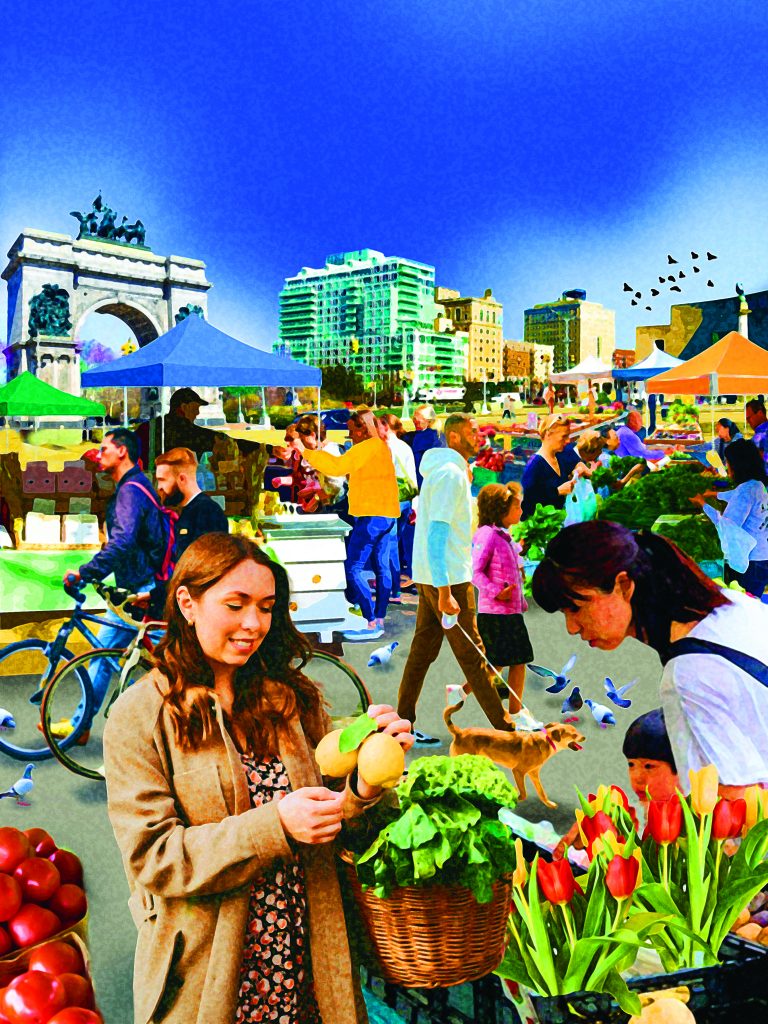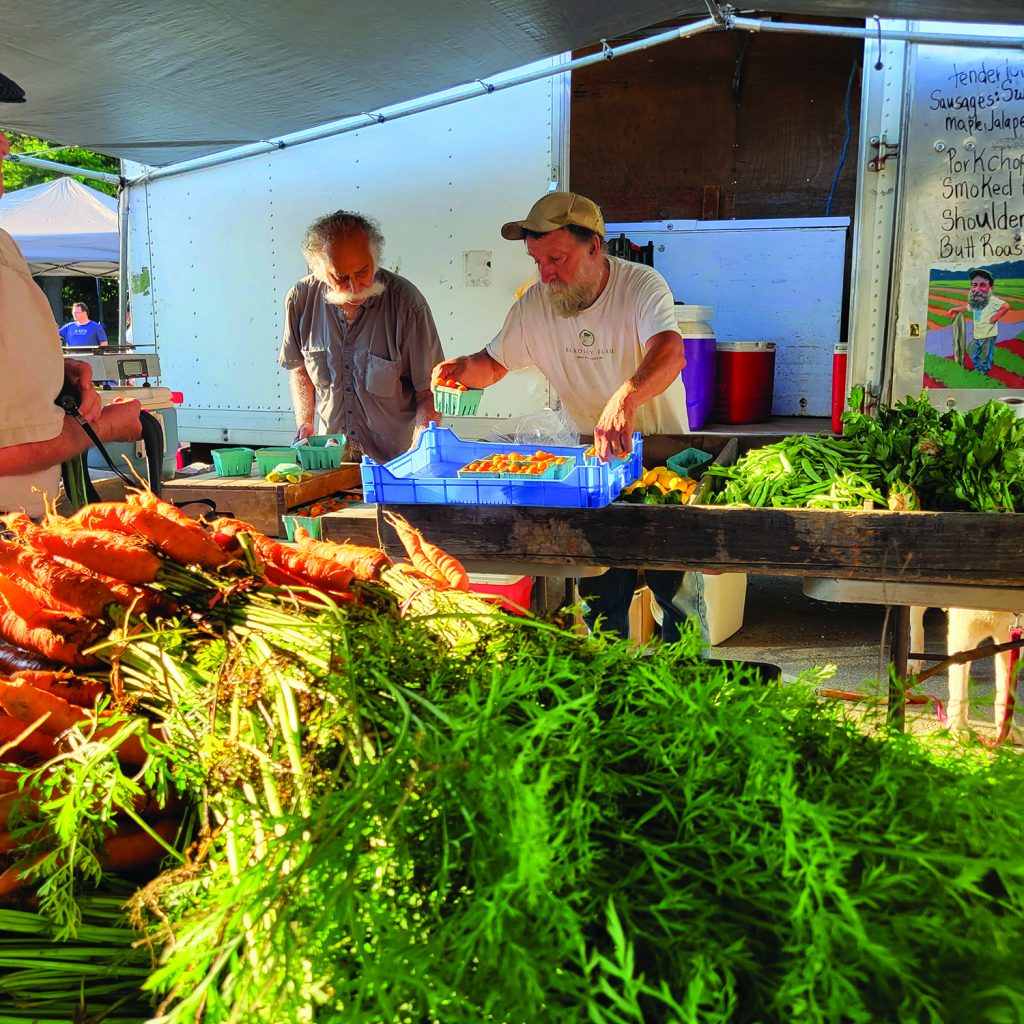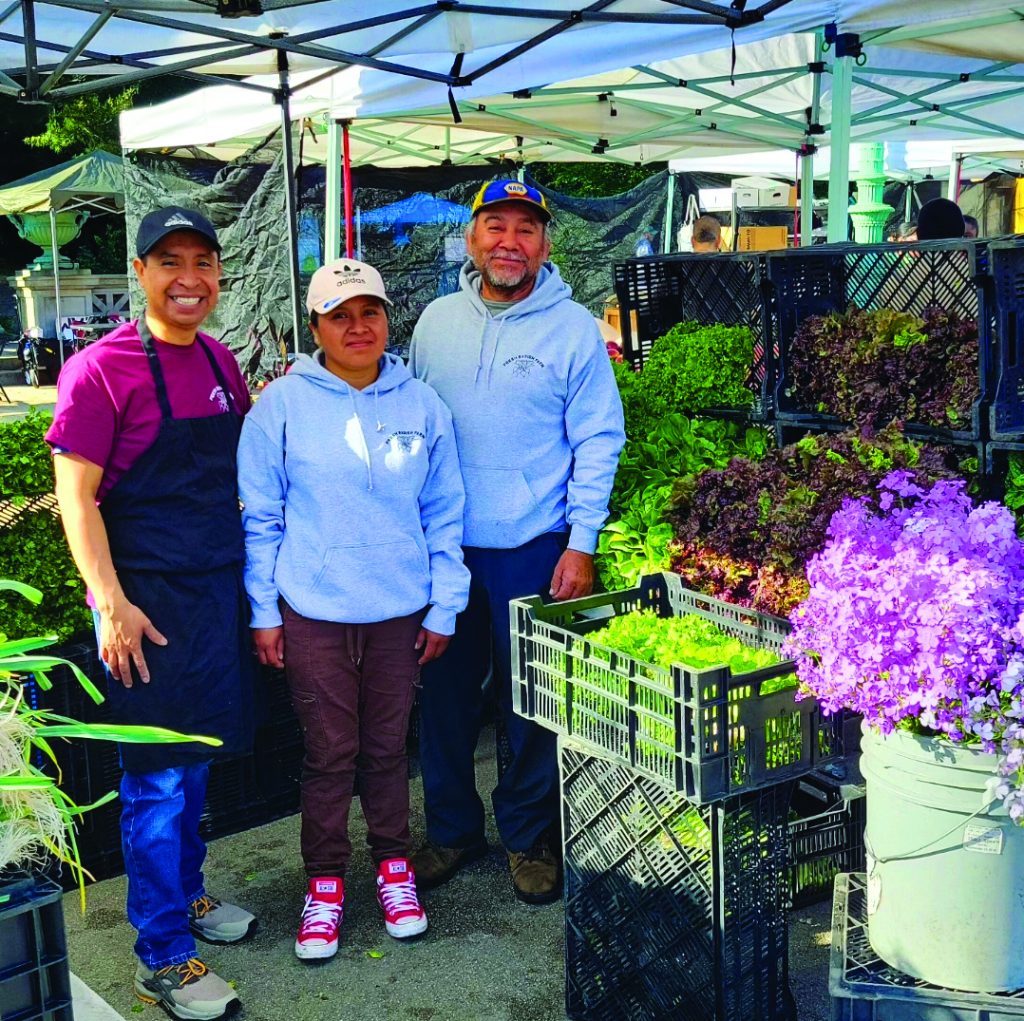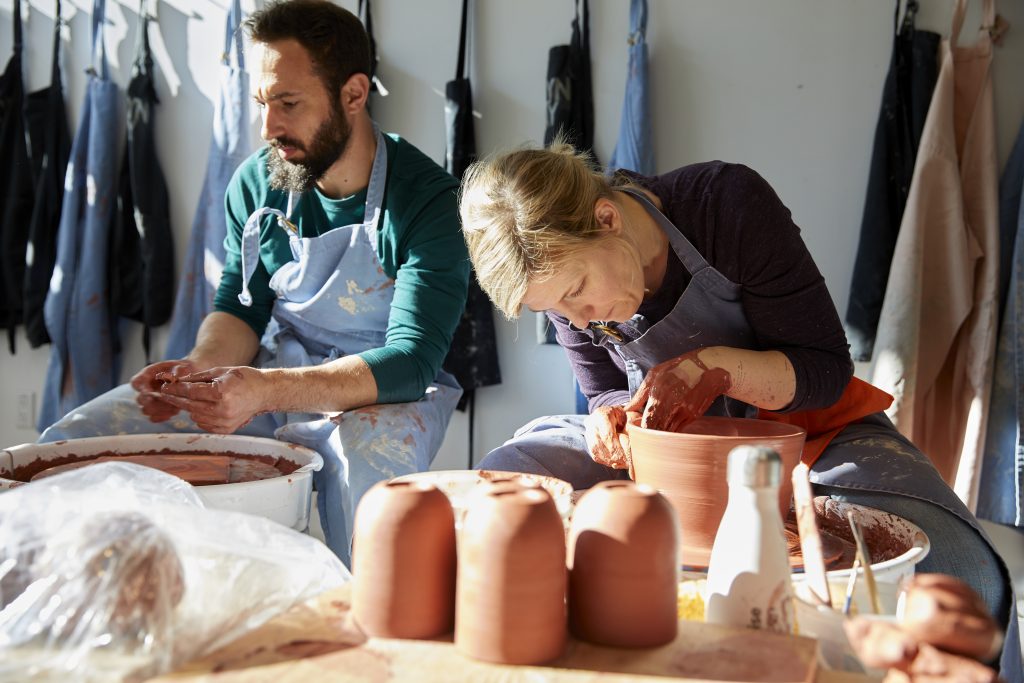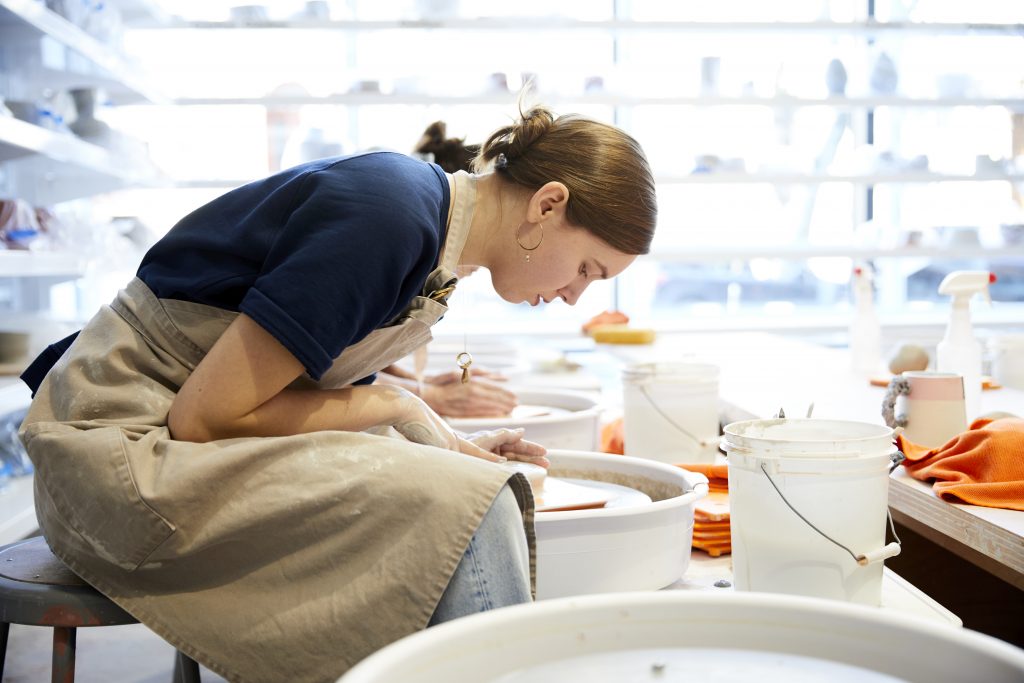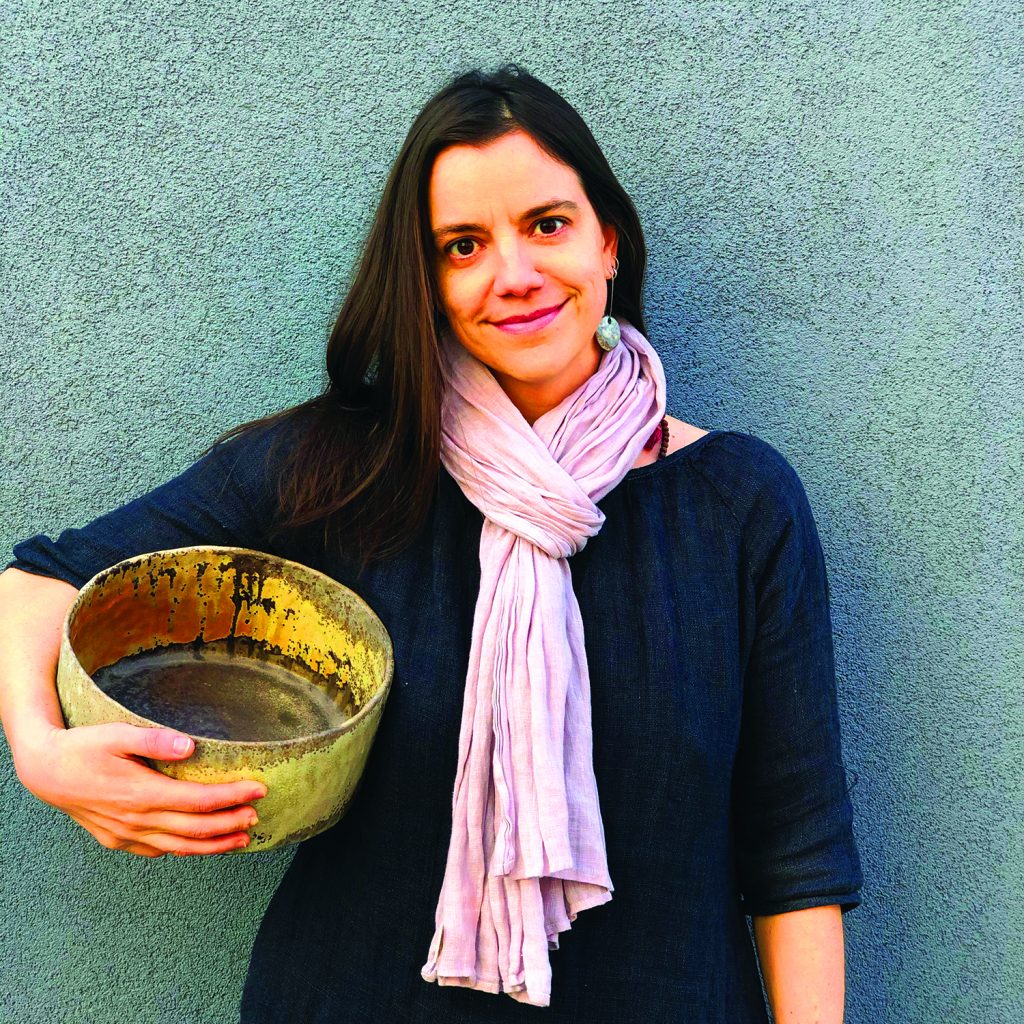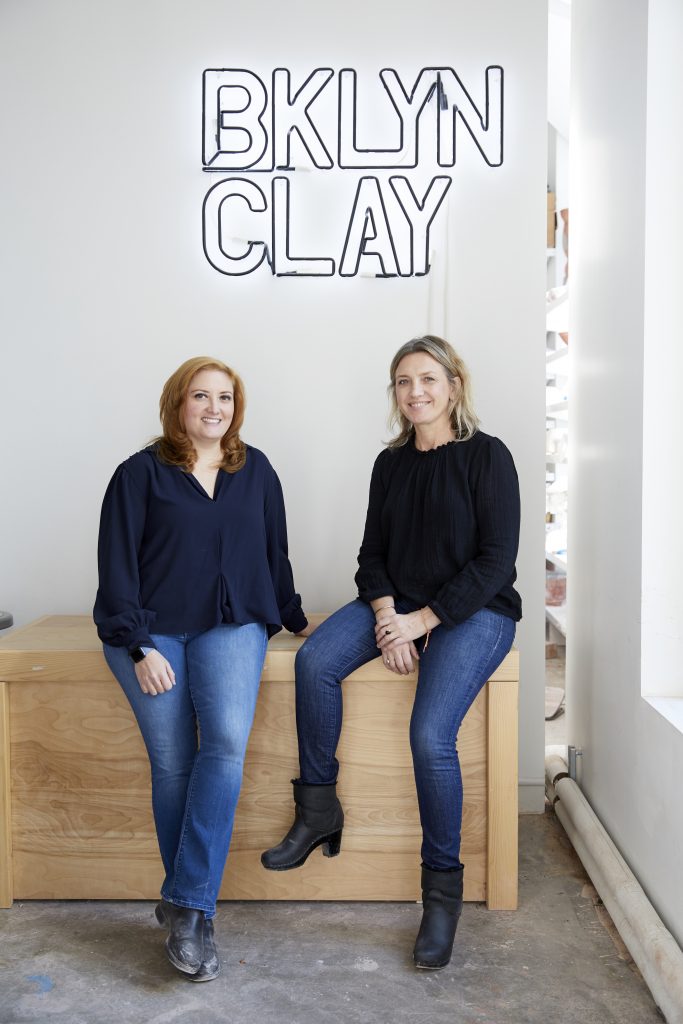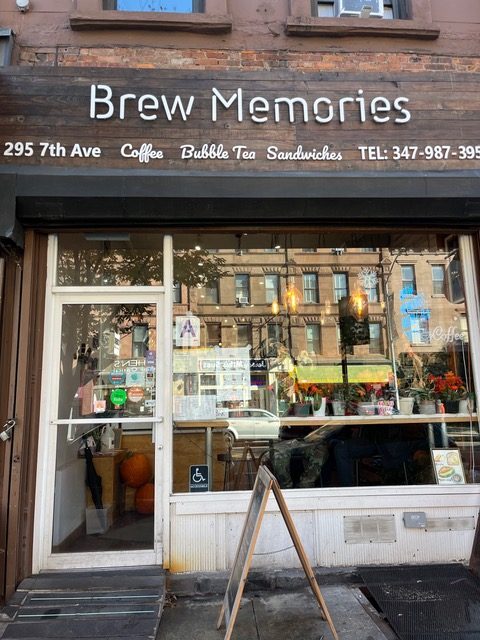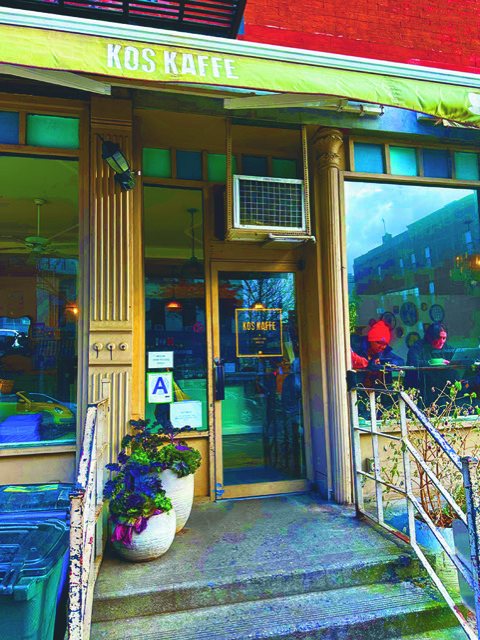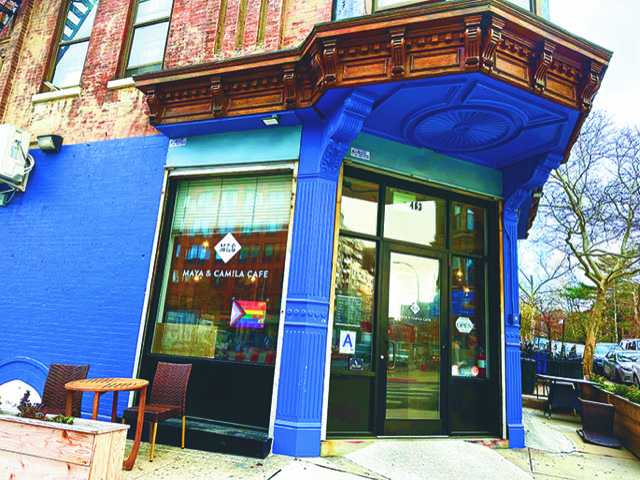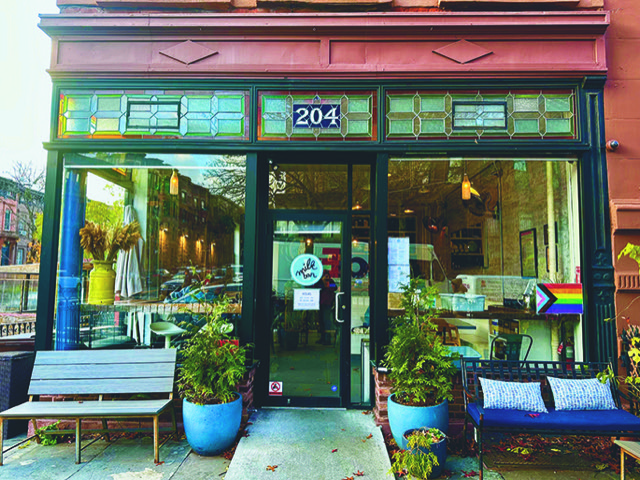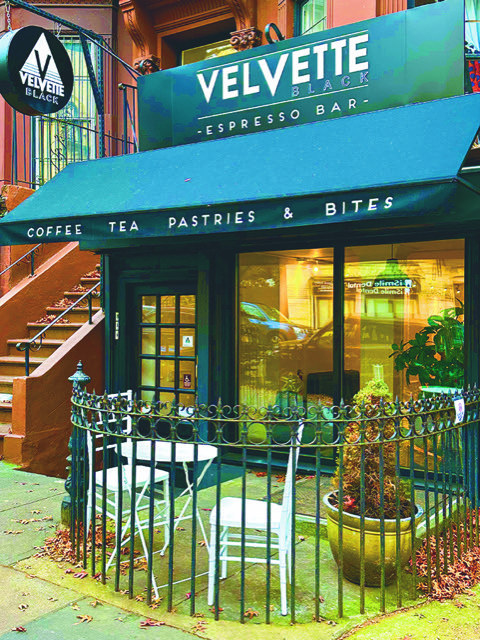An unprecedented number of unhoused animals are returning to shelters across Brooklyn. Avid animal rescuers like Maddy Samaddar-Johnson, are working to combat this issue through localized and collaborative groups within the Park Slope community.
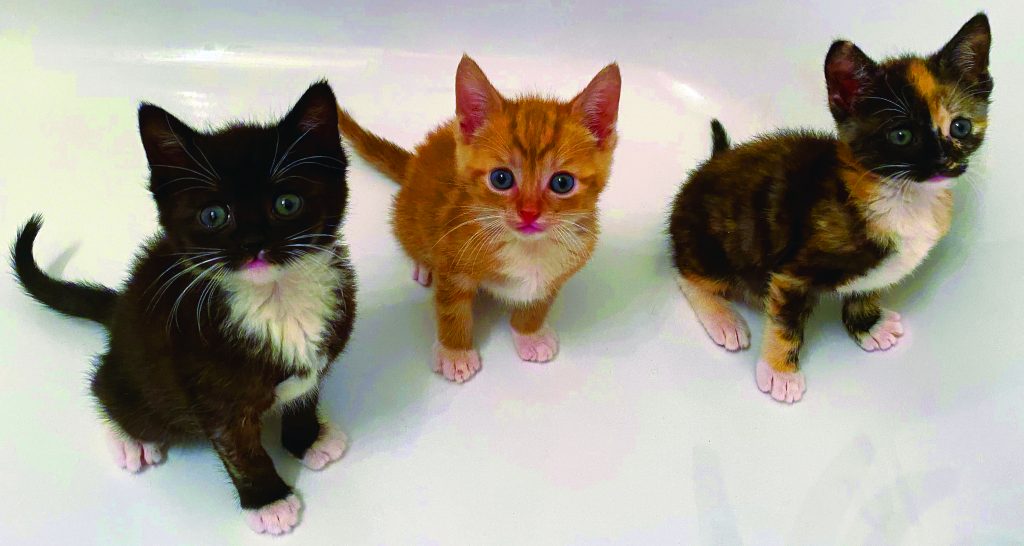
“Sometimes I wonder, how I do this, and why I do this, and am I a masochist?” Maddy Samaddar-Johnson, the founder and coordinator of the Facebook group Park Slope Cats, is one of Park Slope’s invisible animal rescuers. Since she was a young girl, Samaddar-Johnson has rescued cats, dogs, birds, squirrels, and other animals. She has lived in Canada, India, Italy, the U.K., and the U.S. and worked in several other countries during her career, joining rescue efforts in all of those locations. In addition to her full-time job as an architect and ecological urban planner, she volunteers for nonprofits in New York as well as independently fosters and rescues.
Today’s surge of unhoused animals in need across the globe and in Park Slope is unprecedented, Samaddar-Johnson says. “The struggle has been compounded by massive, never before seen numbers of cats, dogs, rabbits, guinea pigs, and other companion animals being dumped across the world following the 2020 increase in pandemic adoptions.”
Four years later, animals are returning to shelters in overwhelming numbers as many pet owners had to face the costs of owning a pet outside of quarantine. Rover, a gig-sourcing app for services like pet-sitting and dog-walking, reported $157.1 million in revenue in September 2021.
When people decide to give up their animals, they release them to shelters, agitating the overwhelmed system, or place them outdoors. Unneutered animals, whether located outdoors or in homes, reproduce. Unspayed female cats, Samaddar-Johnson mentioned, can become pregnant while still nursing a litter of kittens. Due to warmer weather from climate change, “kitten season” starts earlier in the spring and ends later in the fall, resulting in more litters and an overall higher cat overpopulation. “New York City currently has a cat crisis,” says Samaddar-Johnson.
Additionally, the veterinary business has changed. Venture capitalist firms absorbed smaller practices, increasing the cost of vet visits. Jean Bubley, a Park Slope Cats member and independent foster to too many cats for her to count, notices this trend playing out in Park Slope.
“What’s happening is that Wall Street investors and venture capitalists have honed in on vet practices as good money makers, as people are spending a lot of money on their animals,” Bubley said.
Local veterinary clinics like Bond, VERG, and BluePearl, Bubley notes, offer emergency services, and some are open 24 hours. Pet owners may not realize how expensive the bill will be for an emergency service in the middle of the night until they are handed the bill for a completed treatment.
In Park Slope, many local rescuers practice trap-neuter-release, or TNR, to allow the more feral cats to stay outdoors without reproducing. Independent trappers pay for the neutering or spaying surgeries out of their own pockets.
“Despite having some individual kind souls and individual rescuers, there is no consolidated group just for the Park Slope people to focus on animal rescue and adoptions. They’re all scattered,” Samaddar-Johnson said.
Samaddar-Johnson started Park Slope Cats to connect the rescuers, cat lovers, potential fosters, and adopters who wanted to support their neighbors in solving the problem.
Samaddar-Johnson noticed an influx in cat posts among the 16,000 members of the now closed Park Slope Together group on Facebook. The group administrators suggested a separate group dedicated to cat-related content. This urgent need caused her to quickly roll out the group, though Samaddar-Johnson sees it expanding into an online collaboration and community for Park Slope residents.
When I started research for Park Slope animal rescues, I imagined visiting a brick-and-mortar animal shelter in the neighborhood and meeting animals stored in crates. The more I interviewed, the more I learned the difference between a foster-based network versus an animal shelter.
The mission of both the American Society for the Prevention of Cruelty to Animals (ASPCA) and the Animal Care Centers of NYC (ACC) aim to prevent animal cruelty. However, they are kill shelters, though in the past several years the ACC has euthanized mainly cases with terminal medical issues. Their New Hope program connecting over 300 no-kill rescues in the tri-state region has been a good resource to pull out animals who are high up on the at-risk list due to medical or behavioral issues. But rescues even in the program are often overwhelmed and full.
“Euthanasia must be understood for what it is: a humane and responsible part of animal welfare that can spare animals from further hardship and suffering, and in some cases, ensures the safety of the community,” the ASPCA site reads.
Foster-based networks keep animals out of shelters and into vetted homes of volunteers. Foster volunteers offer the animals extra attention to promote their emotional and physical health, and support the animals through the process of future adoption.
An established nonprofit will often cover the cost of food, supplies, and medical expenses for volunteers. Since Park Slope doesn’t have a consolidated foster nonprofit, local rescuers and fosters volunteer their time and resources without a safety net.
Bubley moved to the neighborhood in 2001 and was helping cats on her own. In 2014, she participated in a now-closed local pet store’s adoption event and met other neighbors who fostered and cared about animals as much as she did.
Now, with the network she built with her twenty-plus years in the community, Bubley has accidentally become the local cat whisperer. If you need to trap a lost cat at 10 p.m., Jean Bubley will have the necessary trapping supplies. Bubley. If you find a cat at midnight needing urgent medical care, who will book a vet appointment and pay the charge at 1 a.m.? Jean Bubley.
She currently has well over a dozen cats in her home and pays nearly $1,000 out of pocket each month for food alone, on top of other costs such as litter, toys, and vet visits. Some cats require specific, prescribed food for medical conditions.
“I don’t have any plans to retire soon, even though I’ll be turning 73 next year,” Bubley said. “A salary helps when you’re taking care of all these critters.”
Cindy and Loretta, two of her special-needs foster cats available for adoption, have feline leukemia virus (FELV). Bubley even has an enclosed catio attached to her window for the two cats since they have to stay away from other cats to avoid transmitting FELV from biting, sharing bowls or a litter box. During our interview, Cindy rubbed her head affectionately against Bubley’s cheeks. (FELV can’t be transmitted to humans, dogs, or other animals.)
If more neighbors join local groups like Park Slope Cats, they meet and support fosters like Bubley and others in the area.
“Every city needs more people who can get involved with TNR actually going out there and doing the rescuing,” Bubley said. “We need more people who can foster, who have some space where they can take in cats in need temporarily.”
TNR is a physically demanding and emotionally exhausting effort. It requires rescuers to adopt the nocturnal schedule of a cat colony, scout them, then pay for their neutering surgeries.
When I reached out to Park Slope cat and dog rescuer Patricia Honey, she responded, “Oh man. I was just up 90 feet high in the cemetery today.” She then sent me a video of her at a stomach-dropping height in a tree over rescuing a cat. (Her Instagram caption about the rescue read “dear universe…you can chill now.”)
After Park Slope residents find these communities online, how can they help?
Samaddar-Johnson says start local. “There are individual ladies here in Park Slope and surrounding neighborhoods running around and not even getting the funding that other rescue groups with a big volunteer network have been able to procure.”
Fostering and adopting are helpful in providing homes to homeless animals, but there are other immediate ways to help. Neighbors can stockpile and donate food, litter, and trapping supplies. They can register for a TNR registration class through sites like Neighborhood Cats. They can donate financial funds to cover medical costs. They can promote social media posts with their networks for adoption and awareness. They can provide transportation to vet visits or other locations.
The Park Slope Cats group aims to be both an education tool and a community builder specific to this neighborhood. Members can provide supplies or volunteer to house a rescued cat from members in the group.
“I don’t want this to be a top-down organization,” Samaddar-Johnson said. “I want it to be more of a collaboration where compassionate members of the community and individual rescuers come together.”
Whether you foster or volunteer with established nonprofits, or support individual rescuers and fosters, the most important thing is to have a community of other people who understand, empathize, and support the work.
Resources if you want to get involved:
Want to get TNR certified?
Visit neighborhoodcats.org/tnr-in-nyc/workshops
I just spotted a stray cat outside. What do I do?
https://www.humanesociety.org/resources/how-help-stray-or-found-cat
I just found a tiny kitten/kittens outdoors. What should I do?
http://www.kittenlady.org/casa
Help outdoor cats by building winter shelters for feral cats https://www.neighborhoodcats.org/how-to-tnr/colony-care/feral-cat-winter-shelter
https://www.alleycat.org/resources/feral-cat-shelter-options-gallery/#easy
Park Slope rescuers you can help:
Join the group @parkslopecats on facebook to connect with other rescuers like Maddy and fosters like Jean or follow them on FB and IG @parkslopecats.parkslopecats.com
Foster/Adopt cats and dogs with Waggytail Rescue for Hoa Vu and Meg Sal who’ve been helping animals in Park Slope and beyond
Park Slope’s overwhelmed rescuer
Patricia Honey @stormy_andthe_Cuddlers
Foster/Adopt dogs through RescueCity
Busy Brooklyn Rescuer
Vicki Devor@carrolgardenscatlady
A few other rescues in Brooklyn close to Park Slope:
Brooklyn Bridge Animal Welfare Coalition and Clinic: bbawc.org
Brooklyn Animal Action: brooklynanimalaction.org
Sunset Park Cats: sunsetparkcats.org
Sean Casey Animal Rescue: nyanimalrescue.org

